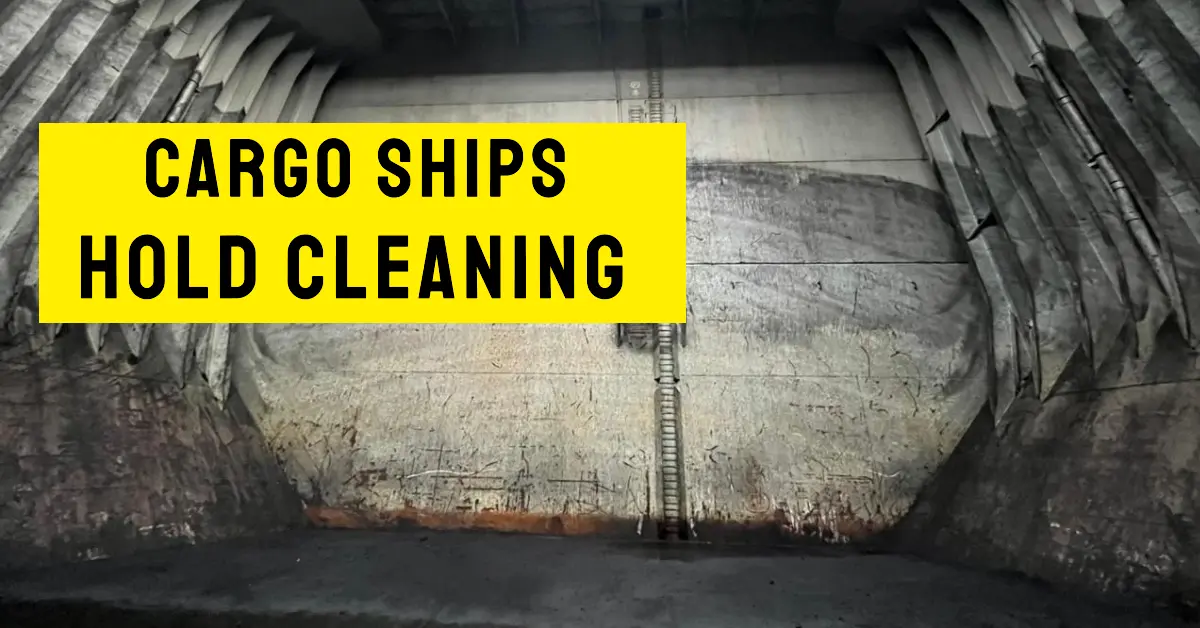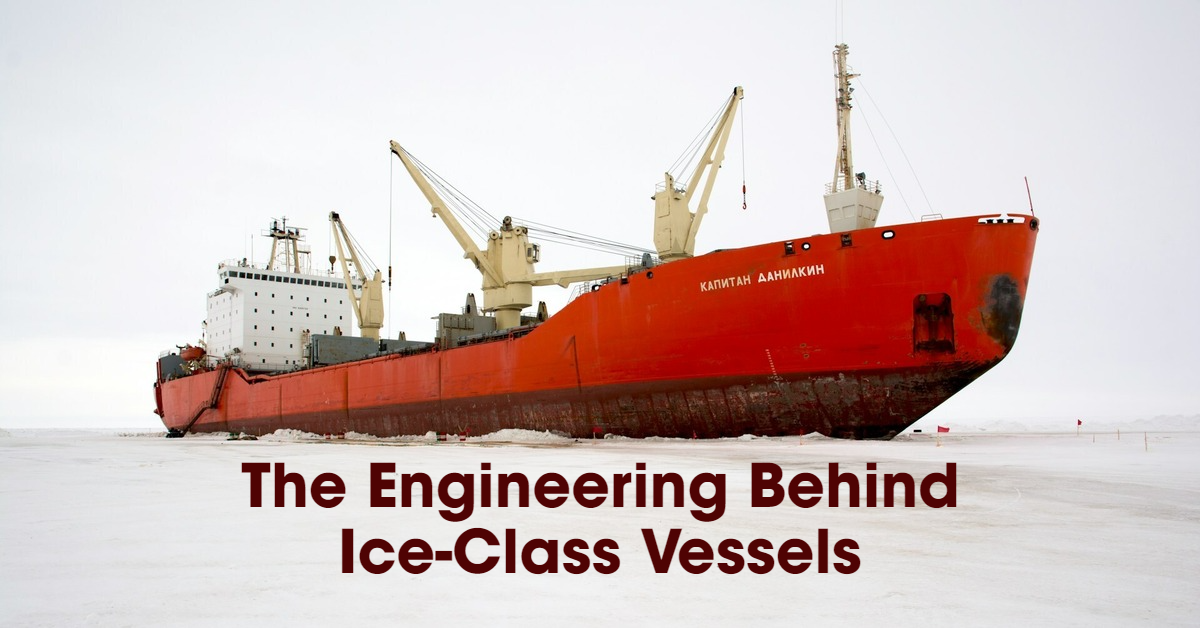Different factors affect a navigating vessel whether she is in port or the open sea. These include current, swell, wind, rain, snow, fog, etc.
Waves are caused by either an earthquake, underwater volcanic eruptions, or wind. While swell is formed from a sustained wind strength and duration that builds up a large amount of energy beneath the ocean’s surface.
Knowing the difference between waves and swell as well as their direction, height and strength may assist the officer of the navigational watch in better navigation practices on the ship bridge.
Wave Causes
Usually, a strong wind causes waves. Wind-caused waves, also known as surface waves, are created by the friction between wind and the surface of the water. As the strong wind blows across the surface of the body of water, the disturbance creates a wave crest.
Wind waves are dependent on three major factors. They are wind speed, wind time, and wind distance. Wind distance refers to the distance traveled by the wind against the wave that will also increase the wave size. When the wind is blowing against the water for a longer period, the waves will also be larger.
The speed of the wind will also affect the size of the waves. The faster the wind, the larger the wave, as more ripples will be rumbling and tumbling over one another.
Earthquake is also one of the causes of waves. These are called seismic waves. They occur when there is sudden upward or downward movement of the sea floor. There are 3 types of seismic waves namely P, S, and surface waves. P & S waves are also called body waves as they can travel through the body of the earth and are not trapped near the surface.
The P wave is known as a sound wave that is moving through a rock. The rock particles are alternately pushed and pulled apart sometimes, they are also called compressional waves. These types of waves travel through liquids, solids, gases, and through the liquid outer core of the Earth.
The S waves, on the other hand, have the rock particles slide past one another. It undergoes a shearing movement, which is sometimes called a shear wave. Shear waves cannot move in liquids or gases, and cannot travel through the outer core of the Earth.
Lastly, surface waves are those that are trapped near the Earth’s surface. There are two major types of surface waves, Love waves, and Rayleigh waves. Love waves are shear waves trapped near the surface of the Earth while Rayleigh waves are similar have rock particle motions similar to ocean waves.
Swell
Swells are those waves with usually smooth tops that have moved from the place or area where they were created. It is a collection of waves that at times are produced by storm winds from hundreds of miles and other factors that occur on the earth’s surface.
The result of wind strength, wind duration, and fetch will result in the formation of a swell. Wind strength refers to how fast the wind blows across the surface of the ocean while wind duration is how long it blows without interruption. Fetch is the total distance the wind blows across the surface without disturbance from any obstacles.
After the duration of time and distance traveled, sustained wind strength, builds a large amount of energy underwater. These form what is called swell. A swell can travel hundreds of miles, even thousands, without any changes to height and shape. Swells can be dangerous to vessels, and even more to small crafts.
The height of swells, which is normally recorded in the ship’s official log book is measured from the lowest point to the highest point of the wave. However, as swells move from where they were created, they tend to become rounded and begin to flatten.
The swell period is the time, measured in seconds, between successive swell crests as they pass a stationary object such as a buoy or platform. The longer duration between swells results in a larger wave. Swell periods of fewer than 10 seconds are not included in the average swell.
Swell direction is measured by where the swell is coming from as opposed to the direction it is heading towards. At times, a collection of swells may move in a general direction but not necessarily in the same heading.
- Comprehensive Guide to Hold Cleaning for Cargo Ships: Ensuring Maritime Safety and Efficiency – October 19, 2024
- Responsibilities of a Fourth Engineer on Cargo Ships – September 10, 2024
- The Role of Cargo Ships in Global Trade – August 22, 2024




